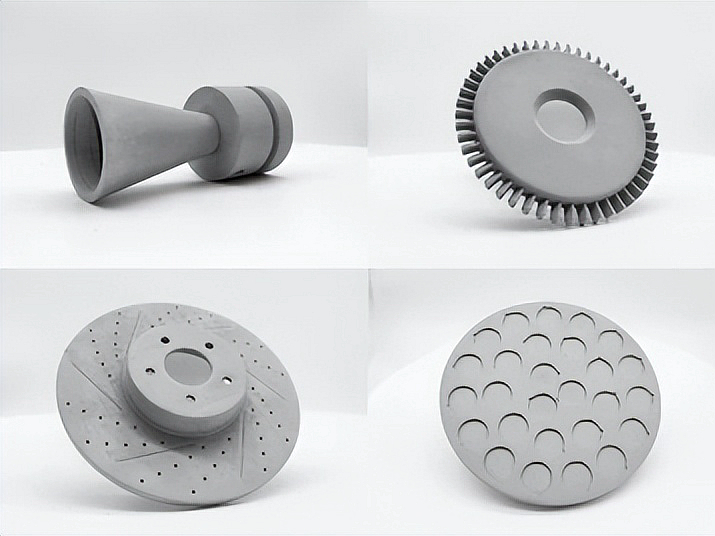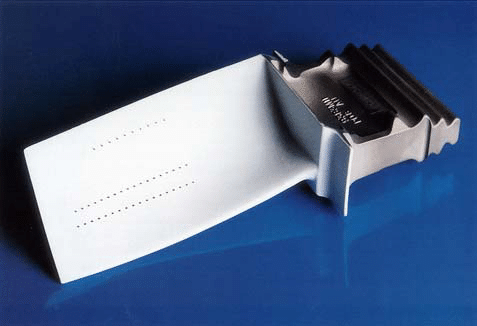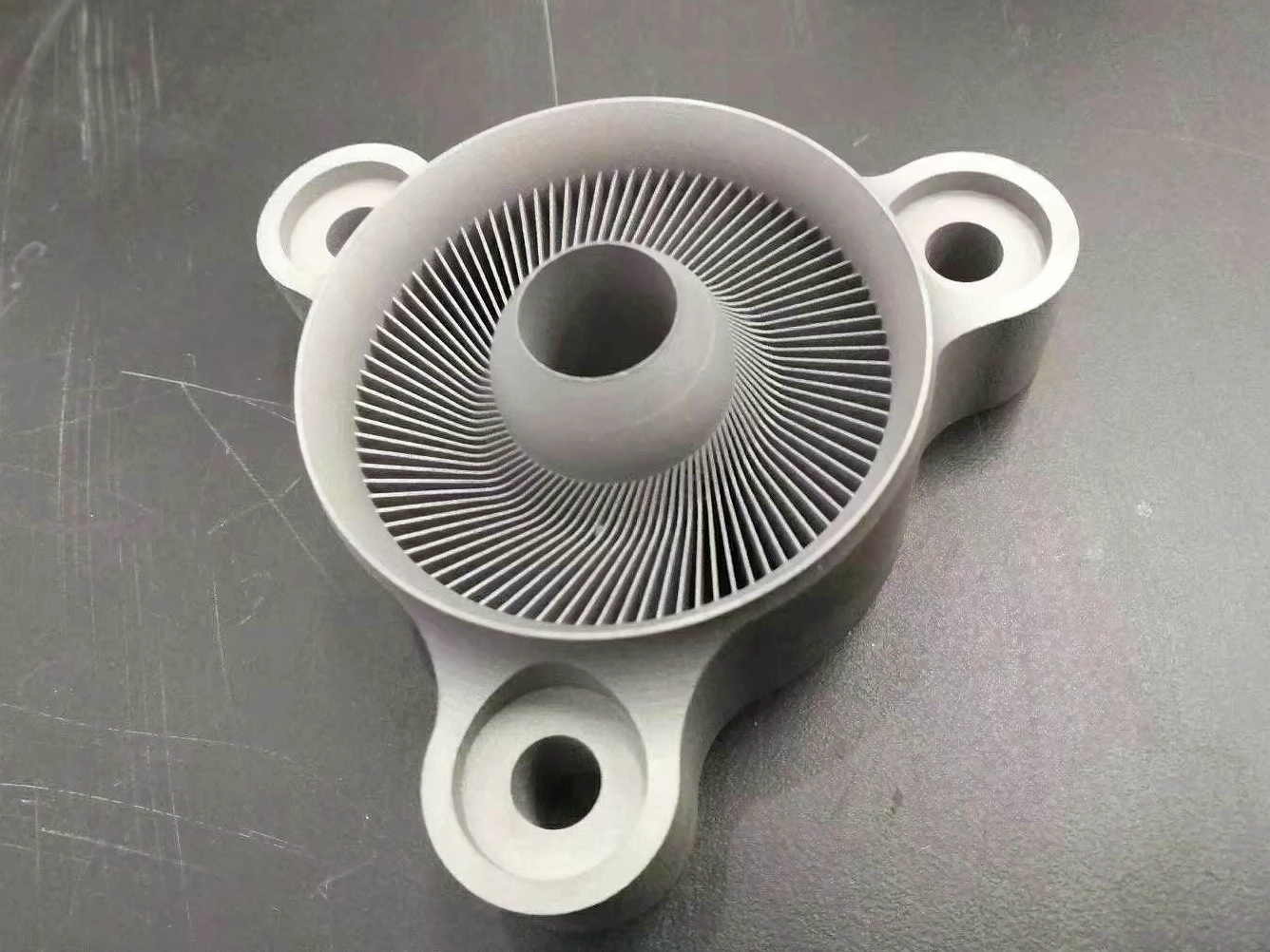Innovative Applications of Ceramic in Custom 3D Printing: From Art to Aerospace
Ceramic materials, with their high strength (up to 2000 MPa), heat resistance (up to 2000°C), and electrical insulation properties (dielectric strength of 10-15 kV/mm), are revolutionizing industries through 3D printing. This technology enables the production of custom, complex ceramic components that traditional methods cannot achieve, from aerospace to art, where precision and performance are critical.
Advantages of Ceramic in 3D Printing
Ceramics offer several key benefits in 3D printing, making them ideal for high-performance applications:
High-Temperature Resistance: Ceramic materials like Zirconia can withstand temperatures exceeding 2000°C, ideal for components exposed to high heat in aerospace and industrial environments.
Strength and Durability: With hardness ranging from 8 to 9 on the Mohs scale, ceramics are highly durable, maintaining excellent wear resistance, which makes them ideal for tooling and aerospace components.
Electrical Insulation: Ceramics provide exceptional electrical insulation, with dielectric strength reaching up to 15 kV/mm, which is essential for applications in electronics.
Customization: 3D printing allows for creating highly detailed, customized parts with complex geometries, such as internal cooling channels, previously difficult or impossible with traditional methods.
Ceramic 3D Printing Technologies
To achieve precision with ceramics, various 3D printing technologies are employed, each offering distinct benefits based on material properties and application needs:
Vat Photopolymerization: Uses liquid resin cured with light to form solid ceramic structures. The parts are then sintered, making them ideal for creating highly detailed, precise parts.
Material Jetting: Layers of liquid ceramic material are deposited by a print head. After printing, parts are sintered at temperatures above 1000°C, creating fully dense parts with intricate designs.
Fused Deposition Modeling (FDM): FDM uses ceramic filaments, extruded layer by layer, then sintered to achieve the final material properties. Ideal for prototyping and manufacturing custom tools.
Key Applications of Ceramic 3D Printing
Ceramic 3D printing is applied across various industries, benefiting from its ability to produce high-performance, custom components. Key applications include:
Industry | Applications | Benefits |
|---|---|---|
Aerospace | Engine parts, thermal barriers, heat shields | High-temperature resistance, lightweight |
Medical | Custom implants, prosthetics, dental crowns | Biocompatibility, precision, customized designs |
Art and Design | Sculptures, jewelry, decorative items | Creative freedom, intricate designs |
Consumer Electronics | Insulating materials, capacitors, resistors | Electrical insulation, reliability |
Tooling | Molds, dies, custom tools | Hardness, heat resistance, cost-effective tooling |
Benefits of Ceramic 3D Printing
Design Flexibility: 3D printing allows the production of complex ceramic parts with internal features like cooling channels or lightweight geometries that traditional methods cannot produce.
High Performance: Ceramic parts printed using this technology retain the material's inherent properties—high strength, heat resistance, and wear resistance—making them ideal for harsh environments.
Faster Prototyping: With ceramic 3D printing, manufacturers can reduce prototyping times by 50%, allowing faster iteration and testing of designs.
Reduced Waste: Unlike traditional methods that generate significant material waste, 3D printing uses only the material required for the part, improving material efficiency.
Challenges of Ceramic 3D Printing
While ceramic 3D printing offers several benefits, some challenges must be addressed:
Surface Finish: The rough surface finish of 3D printed ceramic parts often requires post-processing such as polishing or grinding to meet final specifications.
Shrinkage During Firing: Ceramic materials can shrink by 10-20% during sintering, which must be considered during design to ensure dimensional accuracy.
Brittleness: Ceramics are brittle and may fracture under stress. Engineers must account for this by designing parts that avoid stress concentrations.
Conclusion
Ceramic 3D printing offers unparalleled advantages for industries that require custom, high-performance parts. The technology’s ability to produce geometrically complex parts with inherent strength, heat resistance, and precision transforms industries like aerospace, medical, and tooling. As the technology matures, ceramic 3D printing will become even more integral in developing high-performance components that meet stringent industry demands.
FAQs
What are the main advantages of ceramic 3D printing compared to traditional methods?
How does ceramic 3D printing benefit industries like aerospace and medical?
What are the most common 3D printing technologies for ceramics?
How do ceramics perform in high-temperature and high-stress applications?
What are the challenges of ceramic 3D printing, and how are they addressed?



